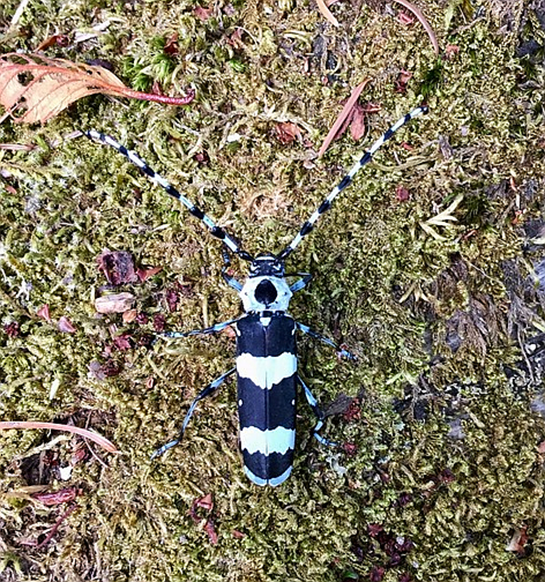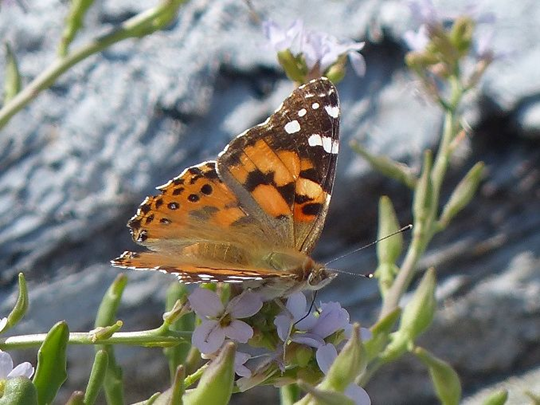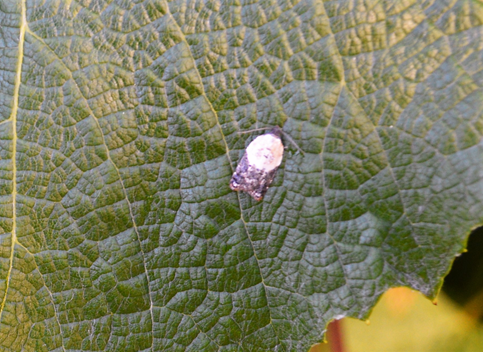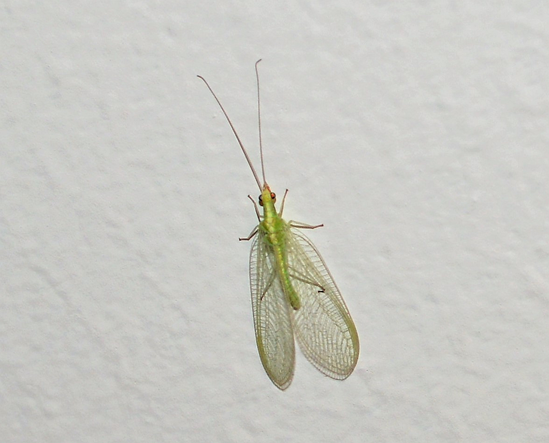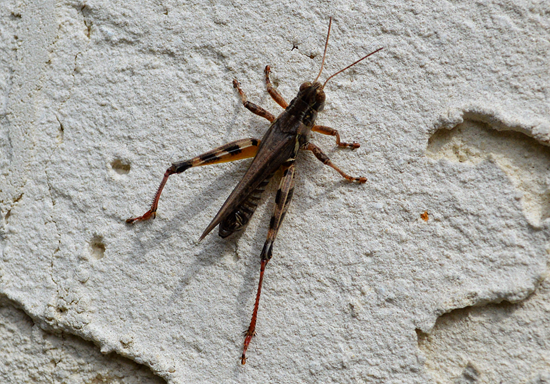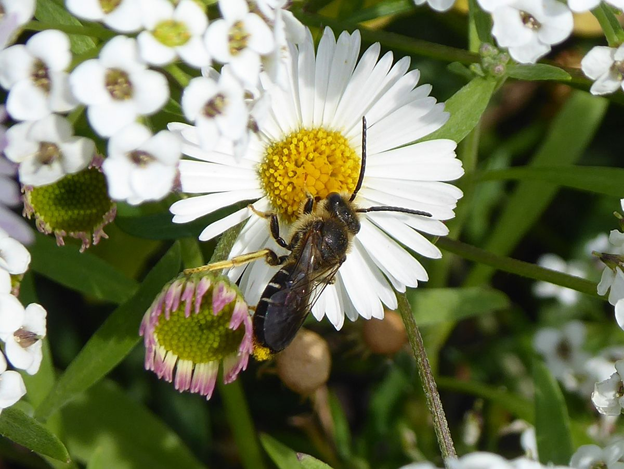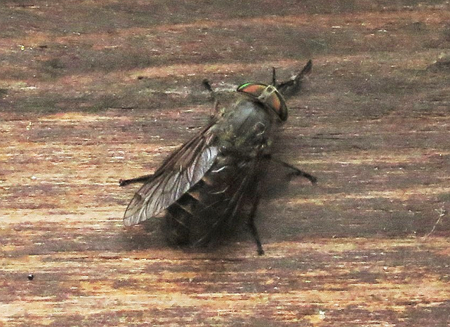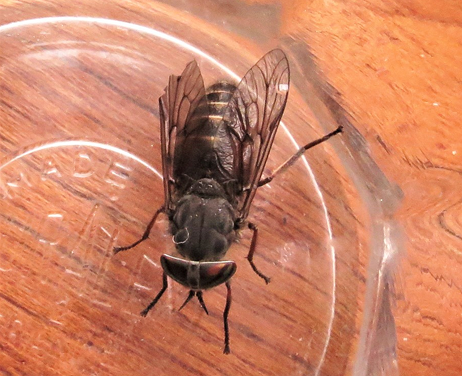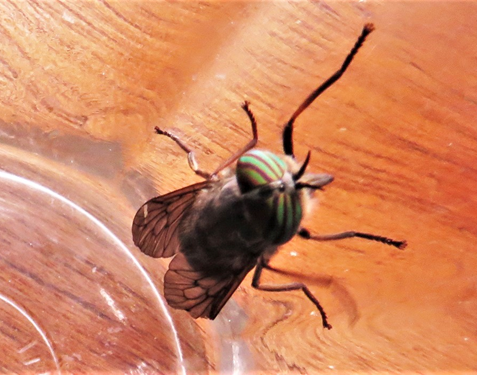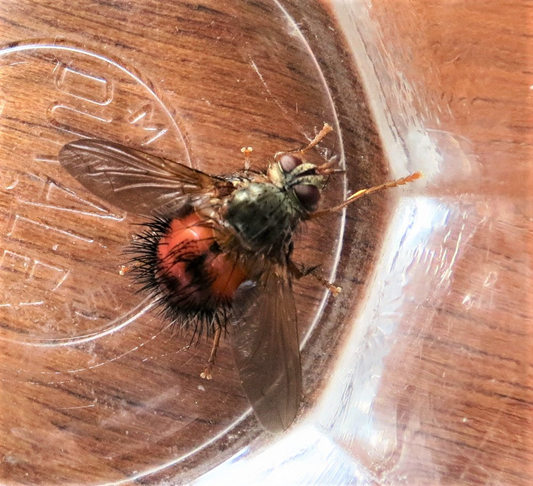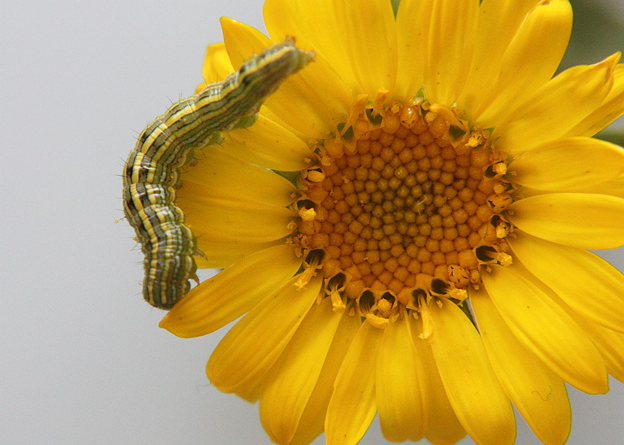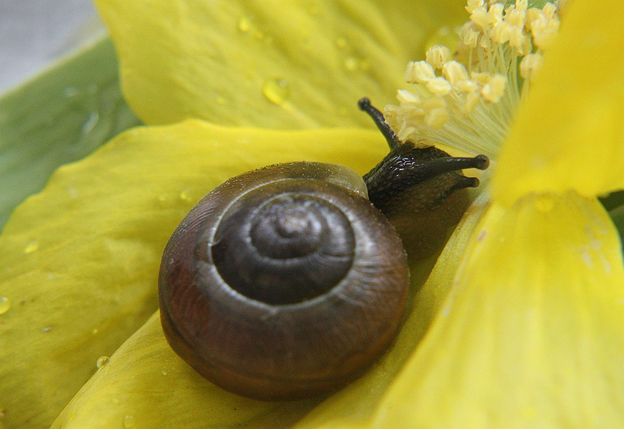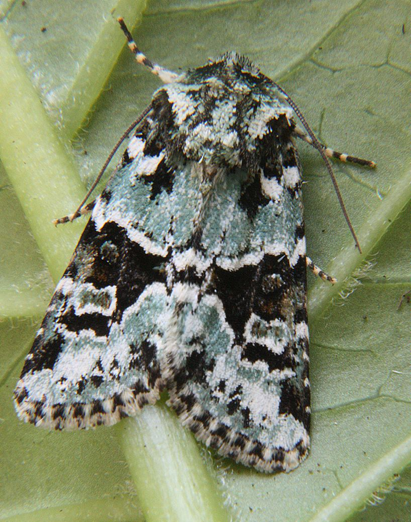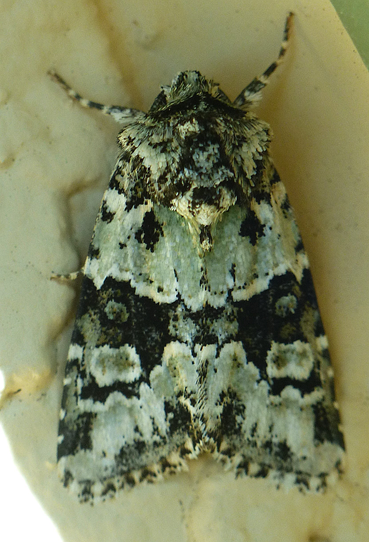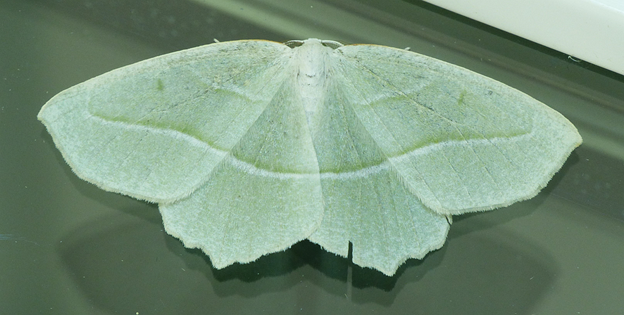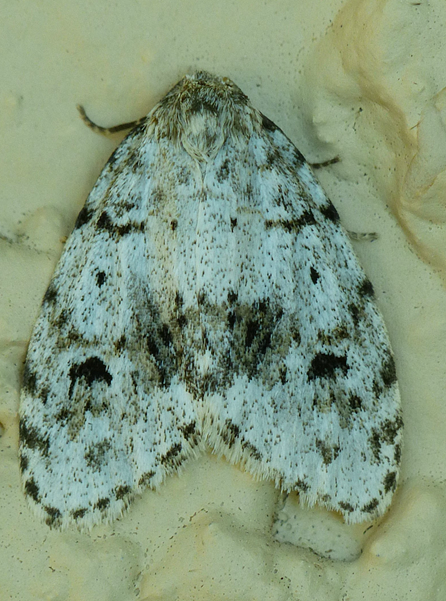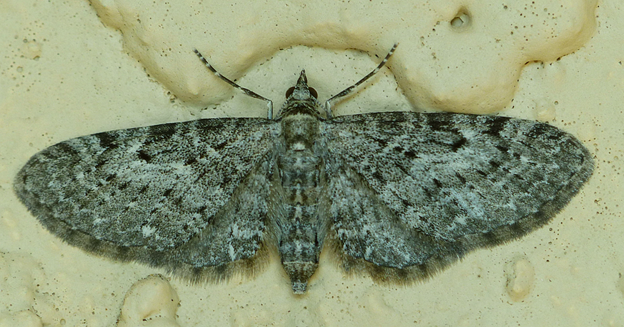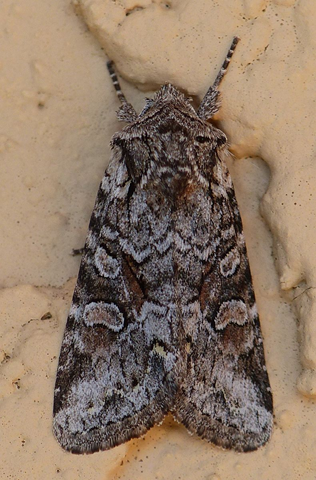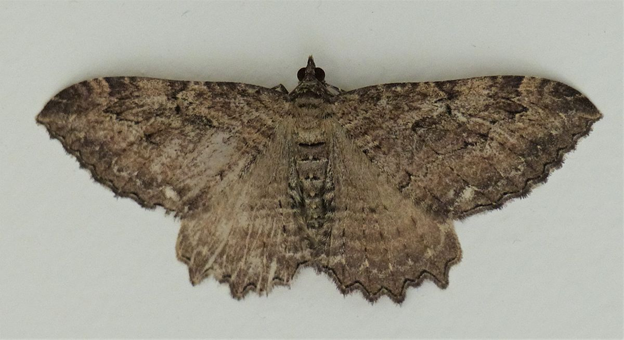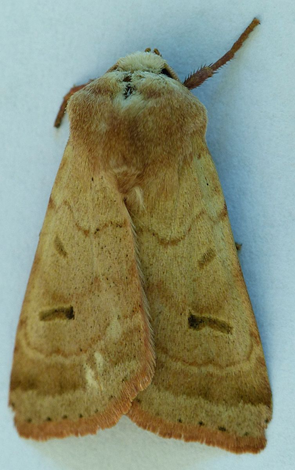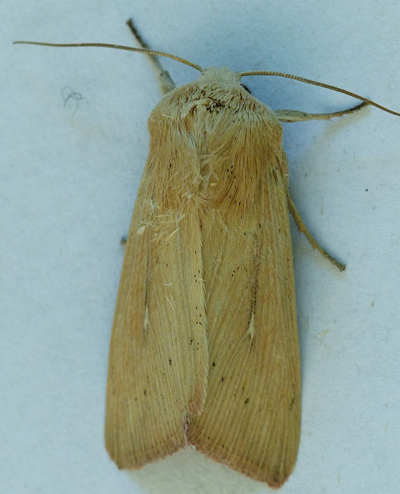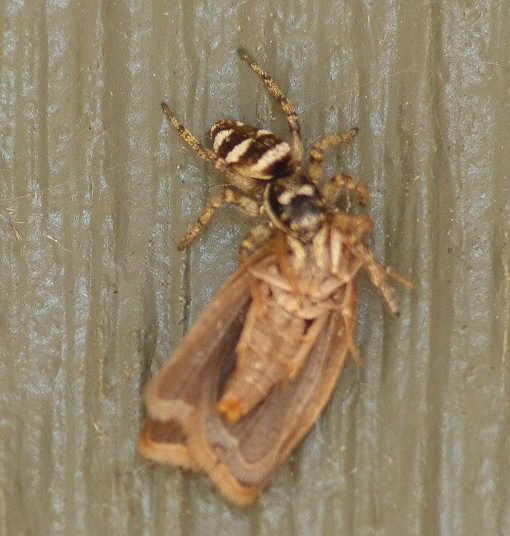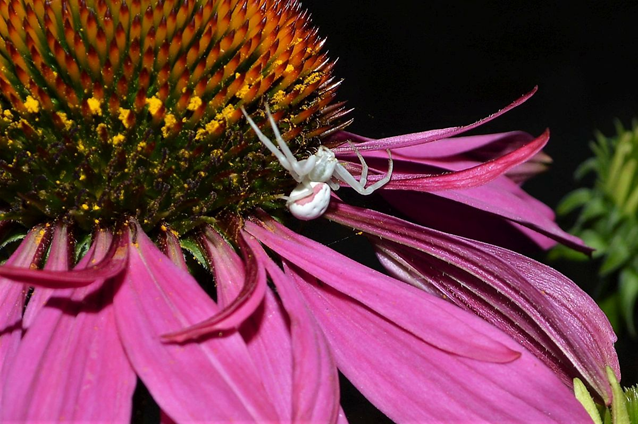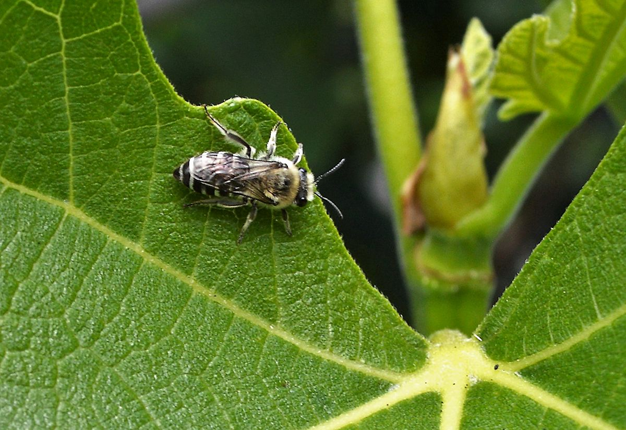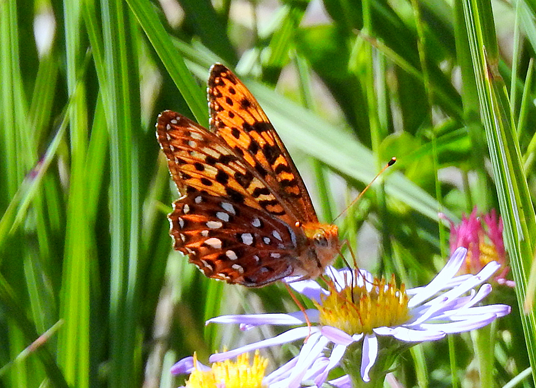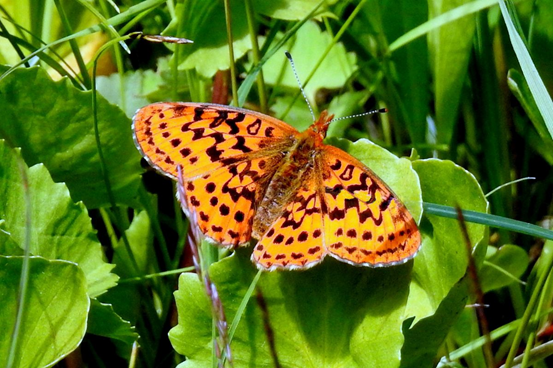2019 July 23 morning
Jochen Möhr’s moths in Metchosin this morning:
1 Amorbia cuneanum
1 Biston betularia
1 Drepanulatrix secundaria
2 Eulithis xylina
2 Hesperumia latipennis
1 Hesperumia sulphuraria
1 Homorthodes hanhami
3 Lacinipolia strigicollis
1 Lophocampa argentata
1 Nadata gibbosa
2 Nemoria darwiniata

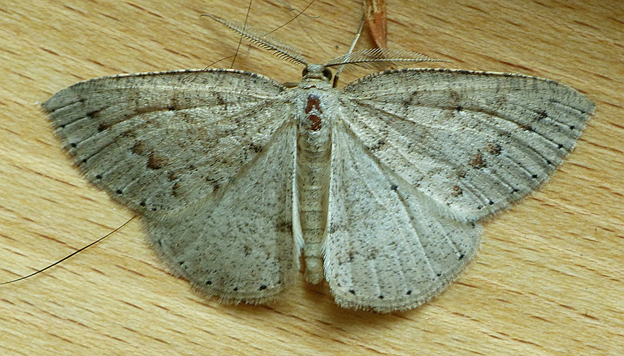
Drepanulatrix secundaria/monicaria (Lep.: Geometridae) Jochen Möhr

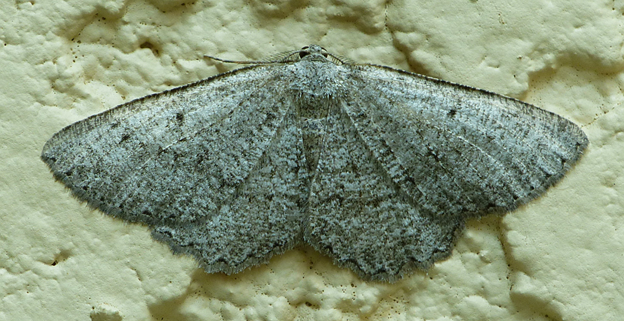
Hesperumia latipennis (Lep.: Geometridae) Jochen Möhr
Jeremy Tatum writes: The second of the two pupae found in Gordon Head Road and shown on July 5 ecloded this morning. I released the moth on Mount Tolmie:

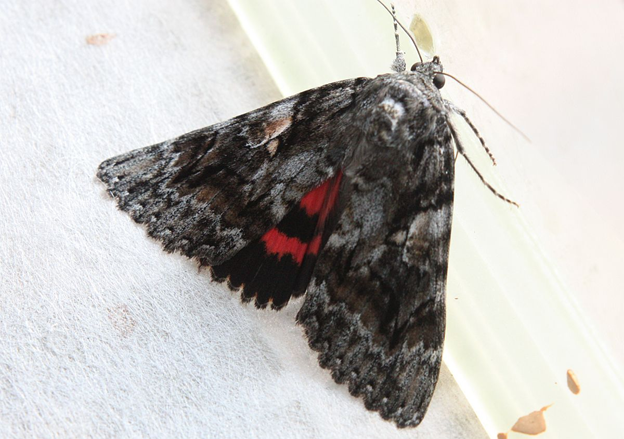
Catocala aholibah (Lep.: Erebidae – Erebinae) Jeremy Tatum
Kirsten Mills writes: Ryan and I were at Mount Washington today, July 22, where we saw several butterflies. Here’s the list: Anise Swallowtail, Western Tiger Swallowtail, Mariposa Copper, Purplish Copper, Anna’s Blue, Boisduval’s Blue, Green Comma, California Tortoiseshell, Milbert’s Tortoiseshell, Painted Lady, Hydaspe Fritillary, Western Meadow Fritillary, and 2 Great Arctics. The California Tortoiseshell was landing on cars at the Paradise Meadows parking lot. The Arctics were near the summit chairlift. This was one of my best days butterfly watching ever.

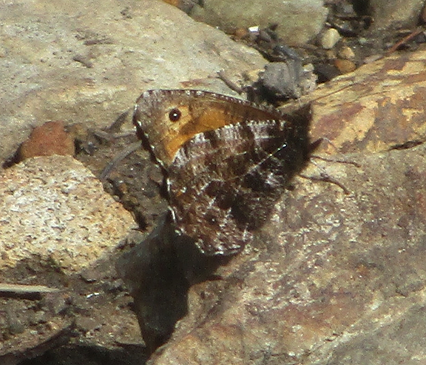
Great Arctic Oeneis nevadensis (Lep.: Nymphalidae – Satyrinae) Kirsten Mills

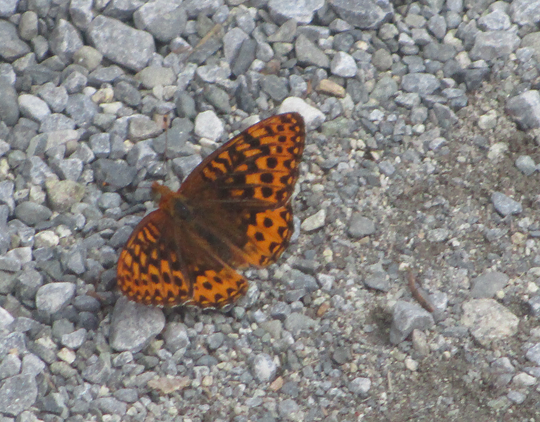
Hydaspe Fritillary Speyeria hydaspe (Lep.: Nymphalidae) Kirsten Mills

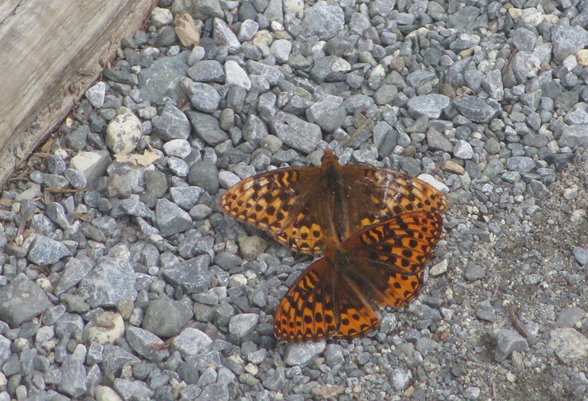
Hydaspe Fritillaries Speyeria hydaspe (Lep.: Nymphalidae) Kirsten Mills
Layla Munger sends photographs of two bugs found in Oak Bay, July 22. Both are immature, so identification may be difficult. However, the first is a nymph of the pentatomid genus Chlorochroa. I’m not sure even of the Family of the second. If anyone can help, please do let us know.

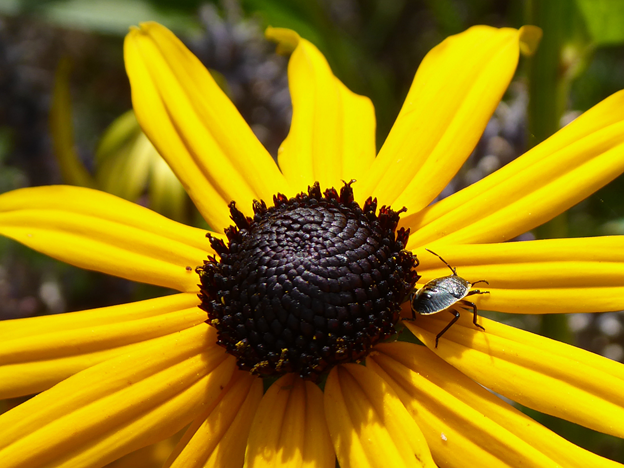
Green stink bug nymph Chlorochroa sp. (Hem.: Pentatomidae) Layla Munger
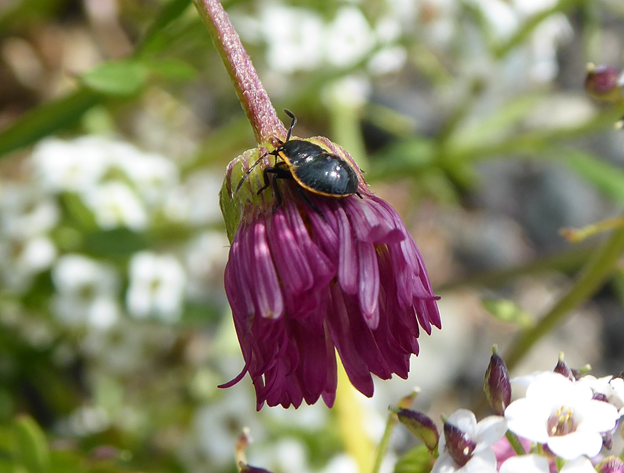
Unidentified immature bug (Hemiptera) Layla Munger
